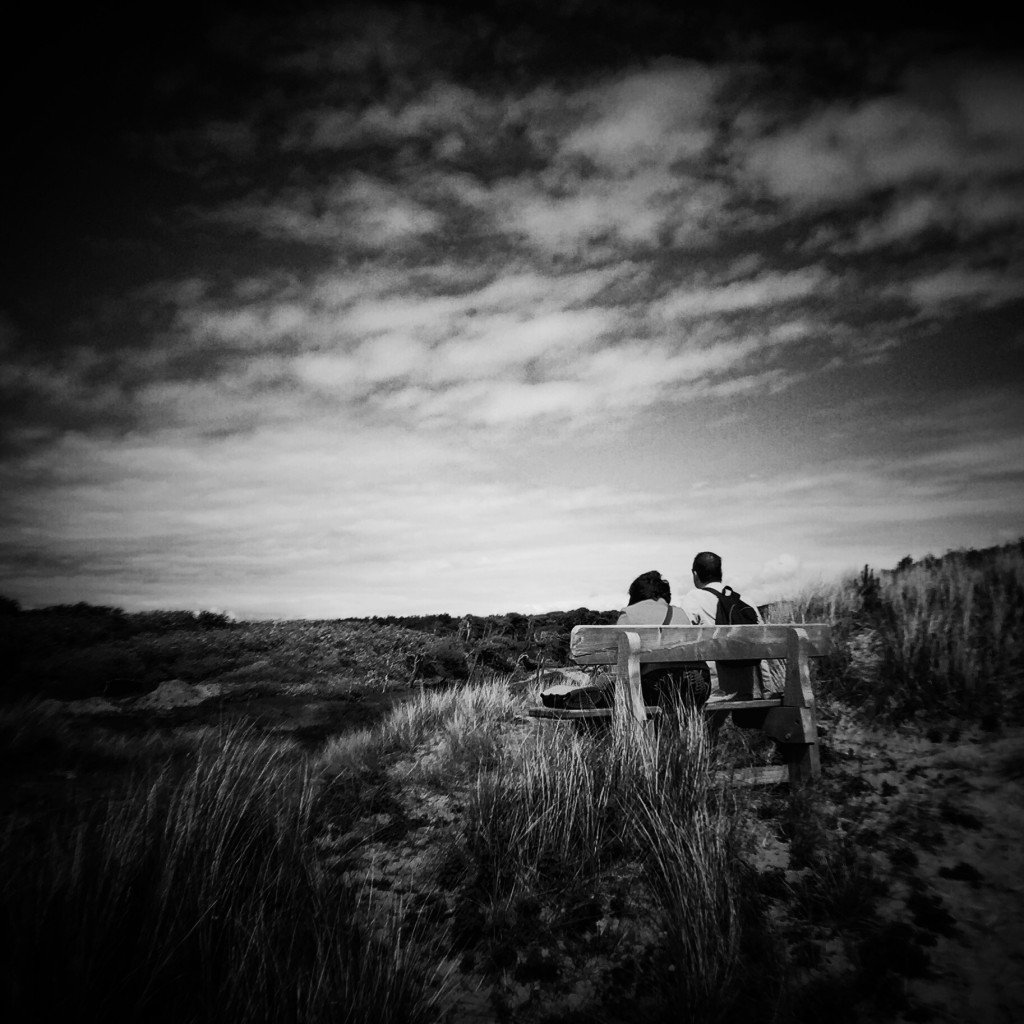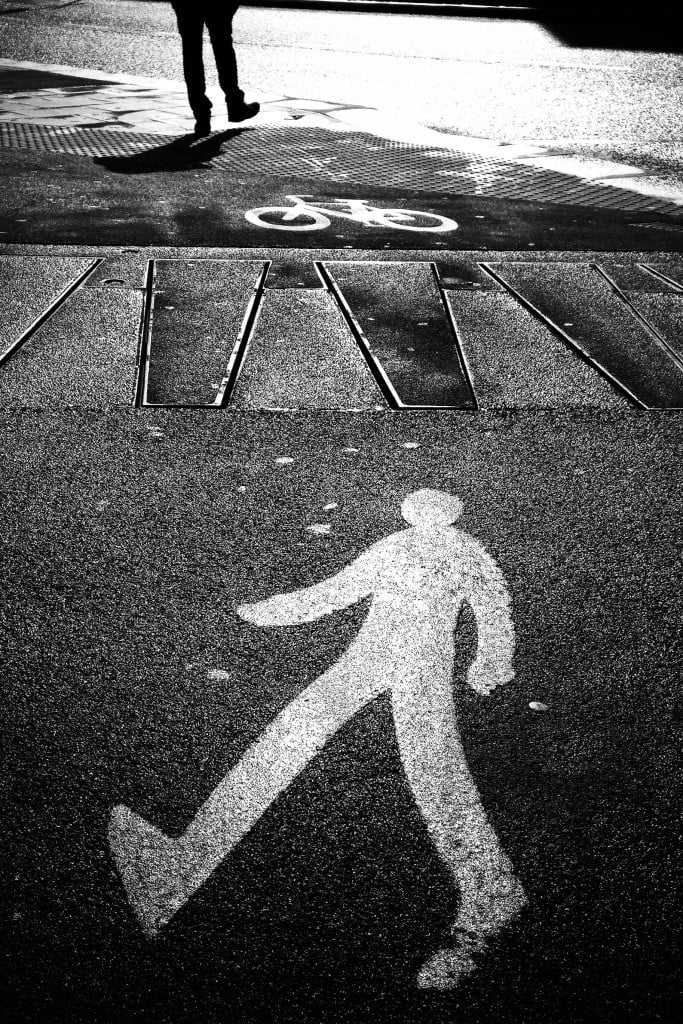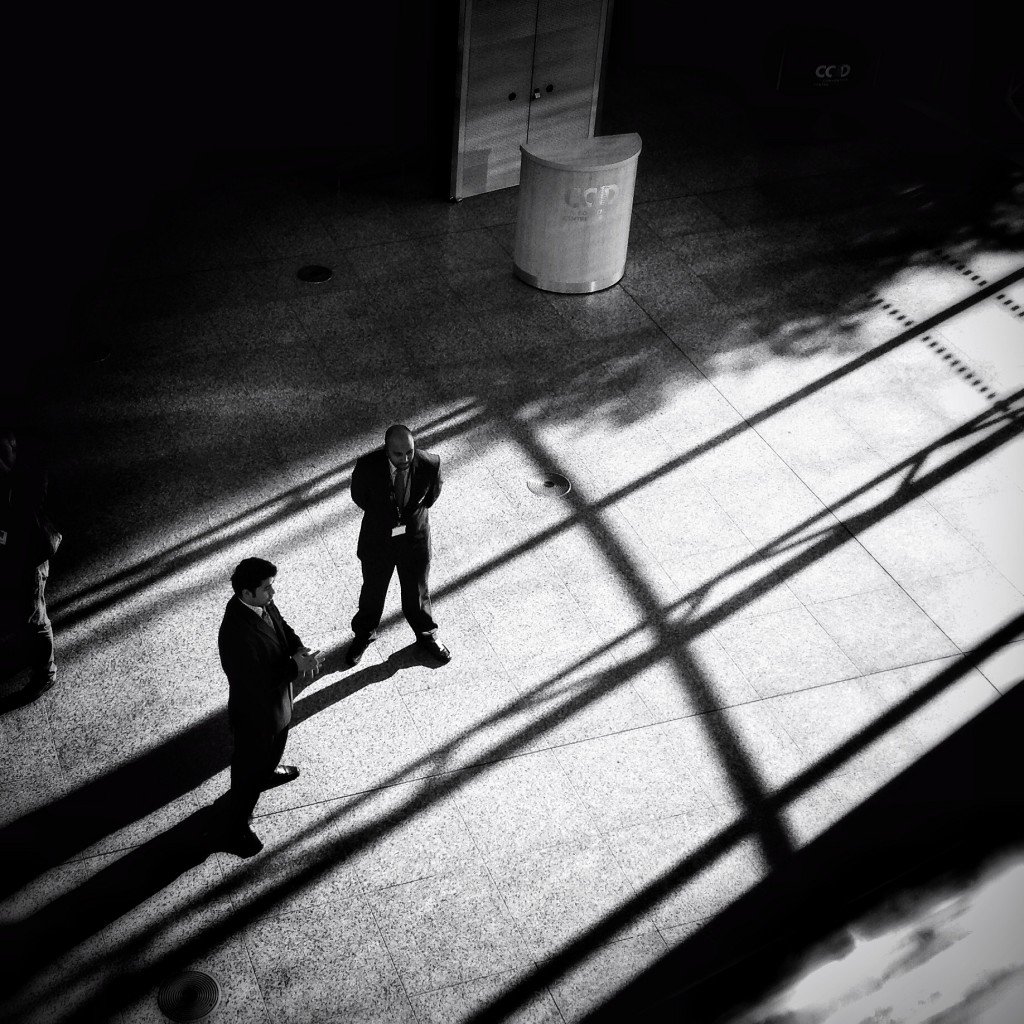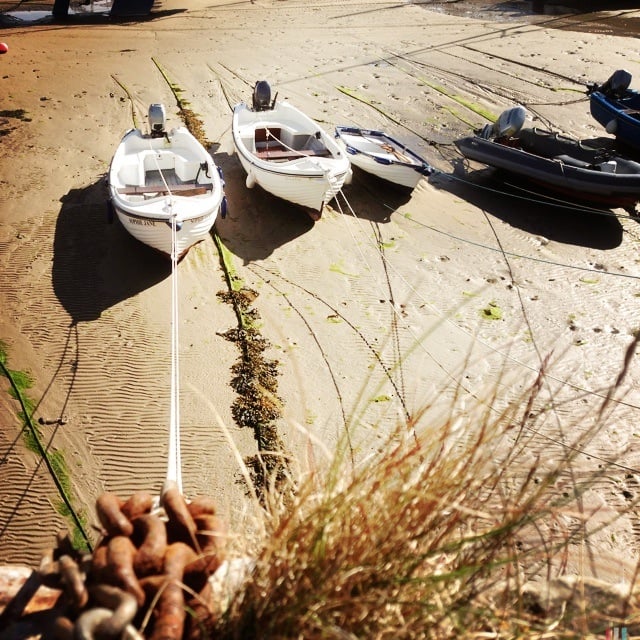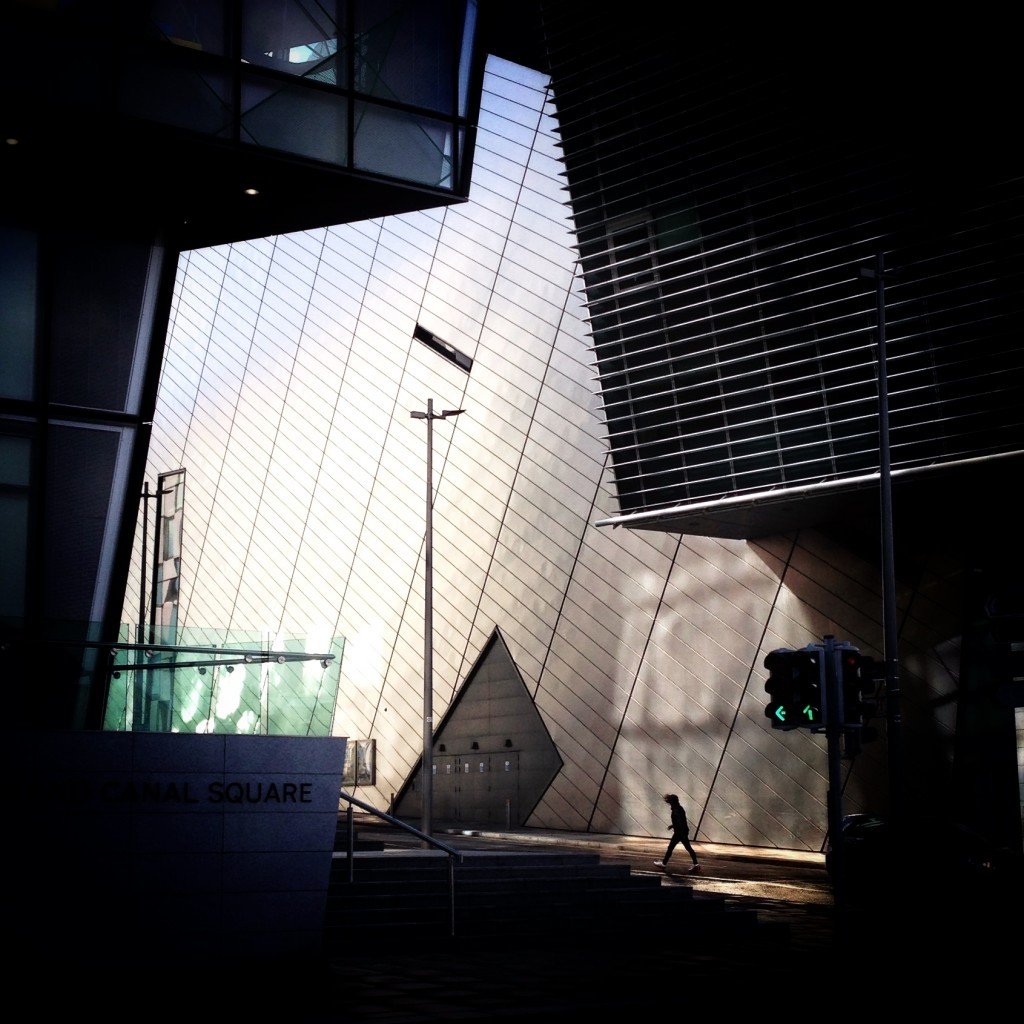One of the most crucial elements that differentiates an average photograph from a great photograph is composition. But what do I mean when I talk about composition?
First and foremost, composition is the placement and relationship between objects and elements within a photograph or piece of artwork. Good composition will give balance to an image. It will lead the viewers eye into the image and direct it towards the intended subject.
Good composition can turn even the dullest of subjects or scenes into an amazing masterpiece. On the other hand bad composition can ruin a photograph no matter how interesting the subject is.
So how can you ensure you consistently take photographs that have good composition? Lets look at 10 simple composition tips that will help you achieve this.
What is the subject of your photography?
One of the first steps towards achieving a great composition is to decide what the subject of your photograph is. Why is this important? Because your aim will be to frame, highlight and lead the viewers eye towards that subject. Make the photograph to busy and the eye will not know where to look. Keep it simple and well balanced and the composition will be a lot more effective and powerful.
Follow the rule of thirds
The rule of thirds should probably be seen more as a set of guidelines rather than a set of hard and fast rules to follow. The rule of thirds says that if you place your subject in key points in your photographs frame then you’ll be able to achieve a more aesthetically pleasing and interesting photograph. The location of these key points are based on a grid comprising of two vertical and two horizontal lines. The intersecting points are the locations in which your subject should be positioned.
Many camera apps include the ability to switch on grid lines in the viewfinder which will then display a rule of thirds grid to help when framing the scene. With grid lines enabled position your intended subject on one of the four intersecting lines of the grid. You will notice that the photograph will instantly have a more pleasing look than it would if the subject was placed centrally in the photograph.
The rule of thirds is an extremely powerful technique to use when composing a photograph. It is probably the one thing that will immediately elevate the standard of photographs you take.
Forget the rule of thirds
Another way of achieving interesting compositions is to centrally position your subject. Now I know this goes against everything I have just said about the rule of thirds but there are occasions when this approach can work very well. Consider close cropped portraits or scenes that have a simple and uncluttered background or instances when you have leading lines that direct the viewers eye towards a centrally positioned subject. Remember, the rule of thirds should probably be seen more as a set of guidelines rather than a set of rules.
Balance the image
Another common technique many photographers use in their compositions is to balance the subject with another object in the opposite corner of the photograph. This means that if you have an object in the lower right corner then you can balance the visual look of the image by positioning another object in the upper left corner.
Shoot from different points of view
Another way to achieve an interesting composition is to change the point of view from which you are taking the photograph from.
Instead of taking the photograph at normal head height, as many people naturally do, try getting down low. This is an exceptionally powerful technique when used in combination with some of the other tips outlined in this guide.
A low point of view allows you to view the subject from an angle not normally seen. It will give you the opportunity to include some extra added foreground interest which you wouldn’t get if shooting at head height and will add depth to your photograph.
Another way to change you point of view is to try viewing the world from a high point of view. Raise your iPhone up above your head and point it downwards or even better look for a high vantage point.
I used this technique to capture this photograph of two people. The inclusion of the elongated shadows further highlights the elevated viewpoint.
Use leading lines
When we talk about leading lines we are referring to lines in a photograph that lead the eye further into it. These could be the lines of a path as it snakes into the distance, it could be a stream or a river, or the use of perspective.
Consider the photo above. Here I adopted a low point of view in order to frame the railway lines as they cross at a junction point and used the lines of the track to lead the eye into the photograph and out to the distance.
Add something of interest to the foreground
Adding foreground interest in a good way to add depth to your iPhone photographs. Doing so will help lead the viewers eye from the front to the back of the scene and as mentioned previously a good way to achieve this is to take a low point of view.
In the photo above I used a low point of view in order to include the grass on the edge of the harbour walls. The subject in question is the boat in the top left corner. The grass in the lower right balance against the positioning of the boat. Also by positioning the boat in the top left corner and using the line of the rope to lead the eye towards it, this makes full use of several techniques to create a well balanced photograph.
Frame your subject
Keep an eye out for ways to frame your subject with other surrounding objects. One way to achieve this is to use the contrast between light and dark to frame the subject silhouetted by a surrounding windown frame or similarly as I did in the photo below. The towering buildings provided an amazing shadow that beautifully framed the solitary figure as they walked across the street backed by sunlight reflecting of the side of the building in the background. This shot also made use of the rule of thirds to place the figure in the lower right corner of the photograph to create an extremely powerful shot.
Crop in close
Sometimes you can take some really interesting photos with your iPhone by cropping in close to your subject. Doing so will remove any potential distractions from the image and enable you to solely focus on the intended subject. This approach will give a more intimate look and feel to your photo and can sometimes produce some abstract results or powerful portraits.
Use negative space
In contrast to close cropping your subject you can get some interesting results by standing back and including a lot of negative space around the subject. By this I mean keeping the surrounding area simple and uncluttered. Doing so will isolate the subject and instantly draw the eye directly to it. Again combine this technique with others tips listed in this guide and you have the makings of an amazing photograph.
So start taking better compositions today…
Keep these simple composition tips in mind when you are next out taking photos and you’re sure to see a massive improvement in your photography. Wherever possible try to combine a couple of these techniques and see what results you get. Getting a good understanding of the rules of composition and how to apply the principles has been one of the most important lessons I have learnt. It really has improved my own photography no end and taken it to the next level.
Let me know if you have any tips of your own in the comments below.

